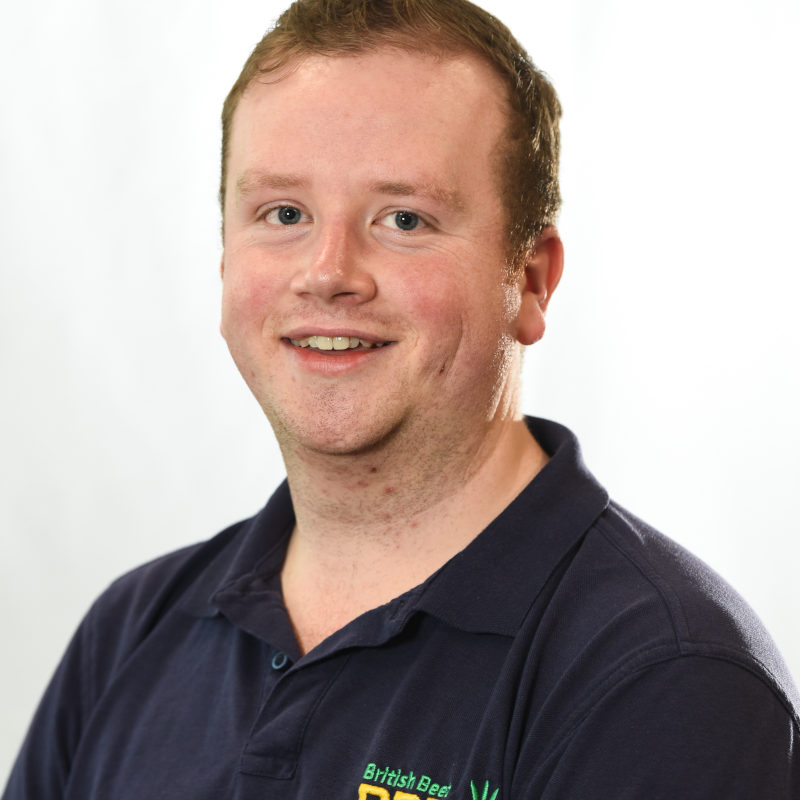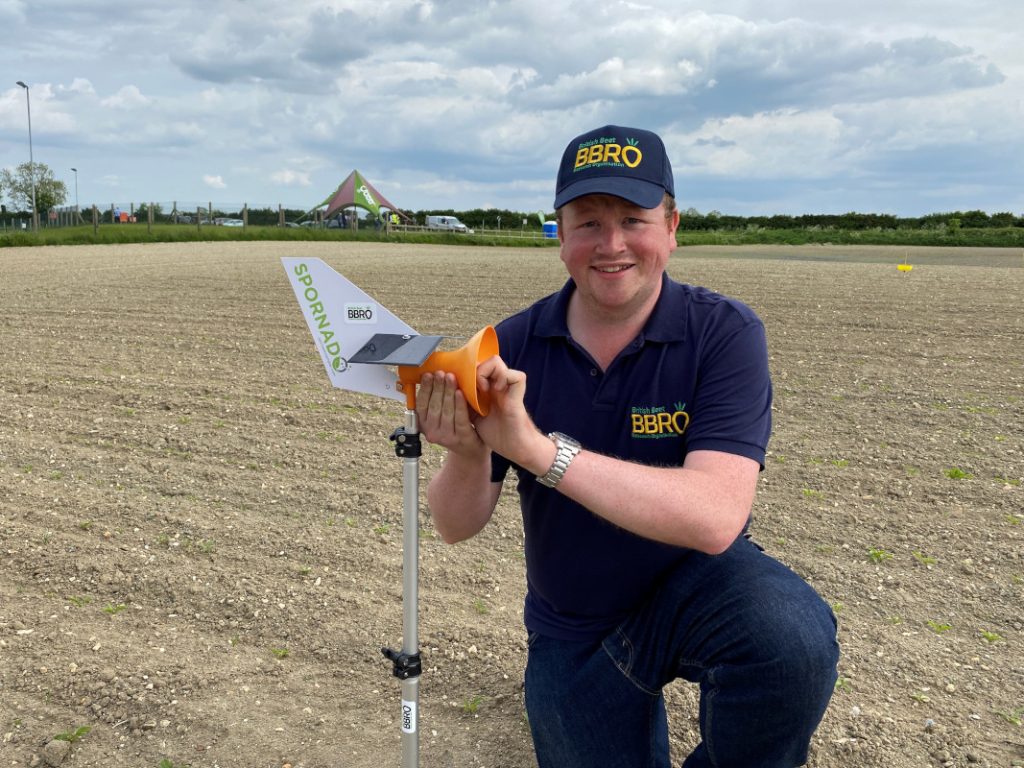[ad_1]
The British Beet Research Organisation (BBRO) are pleased to be sponsoring the Royal Norfolk Show’s Innovation hub again this year and will be showcasing their own innovation in the way of some rather special monitoring stations that are currently in action across the sugar beet growing region.
Data is key in any research project, but for agricultural organisations such as the BBRO the collection of robust in-field data is often thwarted by weather conditions. Certain foliar diseases and pests may prove a major headache to the sugar beet industry in one year, and then not to be seen for a number of ensuing years. For this reason, BBRO is developing new tools to monitor actual in-field environments and the early detection of pests and spores to ascertain how the two correlate.
Dr Alistair Wright is leading this work, utilising knowledge gained from travels in America and Canada where diseases such as Cercospora leaf spot are having a major impact.

Alistair explains “One of the most striking features of our monitoring sites is the ‘Spornado’ spore collector, a 3D printed vacuum system, powered by solar that literally hoovers the air for small particles which are collected on a fine mesh for lab analysis.
“At the moment we are looking for Cercospora spores but as we develop the technology and our capabilities, we will be able to identify many other fungal spores and maybe even pests to provide an invaluable early detection system for sugar beet growers.
“Whilst understanding the presence and level of spores are important, we also need to be define the weather conditions required to cause infection and have therefore introduced a network of Sencrop weather stations on each site. These collect general weather info to determine, rainfall, temperature and humidity levels but also incorporate a leaf sensor that is hidden in the crop to ascertain the actual conditions within the crop canopy. By monitoring spores and changing weather conditions we hope to be able to predict the potential level of disease pressure and therefore take action before disease development.

There are 12 of these special monitoring sites which also form part of the BBRO wider yellow water pan network, monitoring the presence of aphids (particularly Myzus persicae a carrier of Virus yellows), further Information relating to our aphid survey is available on the BBRO . We have also added several moth pheromone traps to monitor the presence of the Beet moth that caused major destruction to areas of the crop in 2022, particularly in the Bury area.
Data from all sites will be collected twice a week for at least 12 weeks, which is a huge commitment from those involved. Alistair stated “We are indebted to BBRO staff, our partners and supporters for their help in delivering this project.”
More information about BBRO
Source link


